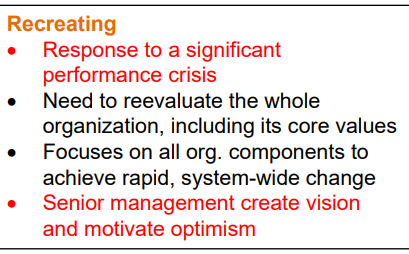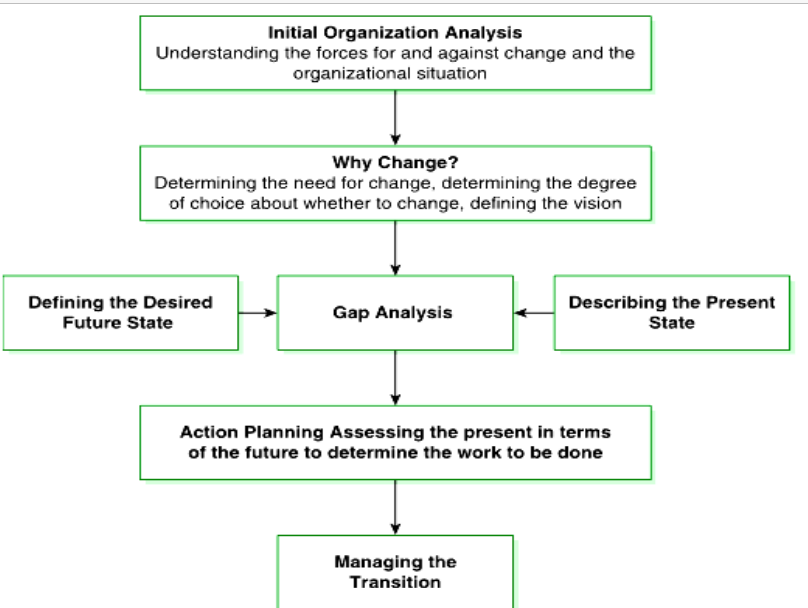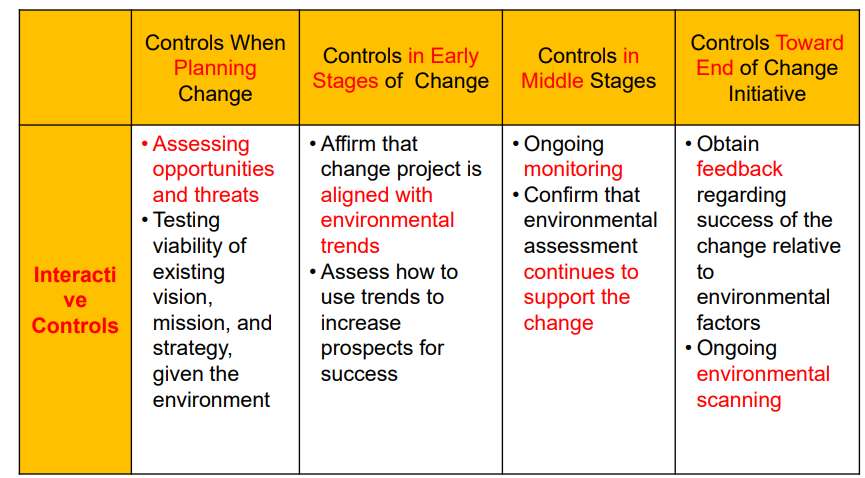Summary
It is hard to disagree that leading a business is not an easy process. While managers’ and principals’ focus may be on introducing new services and products or upgrading technological solutions within their company, other aspects may decline and lead to reduced performance. This is why it is essential to constantly analyze external and internal effects on the firm and try to identify issues in the early stages of its formation. This paper aims to detect an organizational problem Robot Creative faces and recommend a change likely to solve the concern.
Overview of Robot Creative
Robot Creative was founded in 1998 in San Antonio, Texas, and currently has Lara August as its principal and CEO. This branding and marketing organization specializes in “branding and identity, strategic marketing and outsourced marketing services,” and their services include video production, digital marketing, and website development (Robot Creative, 2022, para. 1). Their main clients are firms that require increased visibility and accelerated growth. In this paper, Robot Creative will be offered to implement an effective organizational change that will address its severe disadvantage as a marketing firm, leading to increased competitive advantage.
The Suggested Change
The Essence of the Change and the Reason for Proposing It
Despite the overall success of the company, its properly defined mission, and its wide range of high-quality services, there is an aspect the organization can change to foster its performance. Robot Creative has relatively low customer satisfaction rates, and it is better to address this concern. According to reviews found on the Glassdoor (2022) website, some customers consider Robot Creative employees to be poorly engaged in the working process and do not understand their need to be active and creative. Thus, operations are slow and ineffective, turnover rates are high, clients are unhappy, and staff members are not motivated to achieve success and enhanced results. This is why Robot Creative’s management needs to change its approach to workers’ engagement. The company should introduce new and efficient strategies to boost employees’ creativity and involvement and provide them with higher motivation.
How to Implement It: The Change Path Model
Awakening
The first phase of the model focuses on the substantial analysis of external and internal factors that might have resulted in the identified problem. Concerning Robot Creative, external factors may include increasing competition caused by the growing number of branding firms. Indeed, more and more businesses offer their services to improve a company’s website view, create advertising videos, and enhance their social media networks. This factor, in turn, has allowed customer demands to become higher and more sophisticated. In other words, it is now more challenging for businesses to satisfy their clients by providing those services that were considered extraordinary years ago.
As for internal factors, they are a lack of employee training, insufficient motivating and rewarding systems, the negligent attitude of managers to poor performance of employees, and high turnover caused by the previous aspects. Taken together, the aforementioned factors make it almost impossible for Robot Creative’s staff to strive for success or put their heart and soul into customer service. During this stage, it may become evident that the required type of organizational change explained on p. 54 of Lecture Slide 03, is Re-Creation (Figure 1) (Cawsey et al., 2020). It is of vital importance to reconsider the values and focus of Robot Creative, address all components, and spread optimism among employees.

Mobilization
As evident from this stage’s name, its purpose is to ‘mobilize forces’ by additionally analyzing the concern and convincing all stakeholders of the need for the identified change. While the severity of the issue and the necessity to eliminate it may be evident for some firm owner managers, ordinary employees may find it difficult to recognize the need for change and meet it optimistically. Consequently, the vision for change should be formulated, and the staff should be engaged in discussions (Cawsey et al., 2020). What is more, it is also crucial to share knowledge, ensuring that the company can see the whole picture and has all the required information.
Further, the leaders need to define the current and the desired state of Robot Creative, find the differences between them and define the desired outcomes. This step also refers to Beckhard and Harris’ Change Process Model described on p. 27 of Lecture Slide 04 (Figure 2) (Cawsey et al., 2020). Since the problem is the low rates of customer satisfaction, with the causes being poor motivation and training of workers and high turnover rates, these are the aspects that have to be addressed and changed.

Acceleration
Further, the purpose of this step is to create a proper plan of action and then successfully implement it. Knowing the primary causes of the identified issue, it becomes easier to formulate specific steps of the plan (Cawsey et al., 2020). First of all, emphasis should be placed on Robot Creative’s workers. They need to be provided with interesting, engaging, high-quality, and not time-consuming training that will improve their knowledge and skills and possibly allow for the development of new competencies. Such training programs have to be carefully selected by managers, who then will explain the need for them to the staff.
Second, it is of vital importance to think of an advanced motivation and rewards system that will promote the workers’ good qualities and skills and foster and encourage their creativity and participation in decision-making. Most importantly, this system needs to remind the employees that they are valued by the company. This is considered in Quinn’s Competing Values Framework outlined on p. 33 of Lecture Slide 05 (Figure 3) (Cawsey et al., 2020). In turn, Robot Creative should be reminded of its own need for talented, motivated, and loyal workers.
Next, managers also should receive updated and more strict guidelines related to their surveillance of the company’s employees. While the latter have to carefully address the needs of the organization’s clients, managers are responsible for identifying potential conflicts or low customer satisfaction cases and introducing special measures. Additionally, Robot Creative is recommended to develop a better and more efficient way for clients to offer feedback and suggestions that will be carefully reviewed and considered. Before implementing the plan, it is vital to gather statistics related to recent turnover and customer satisfaction rates.

Institutionalization
Finally, the fourth phase of the Change Path Model is to assess the results. First, employees, managers, and clients should be encouraged to constantly provide anonymous and direct feedback related to the enhanced operations of Robot Creative. The value of feedback is discussed in the Control System Measures and Stage of the Change on p. 10 of Lecture Slide 13 (Figure 4) (Cawsey et al., 2020). Further, since the company has data related to the rates before the implementation, it should not be challenging to gather new statistics right after the plan is finished, then after three months, six months, and a year. Comparing whether turnover levels have reduced and client satisfaction rates have grown will make it possible to assess both short- and long-term consequences of the change introduction.

References
Cawsey, T. F., Deszca, G., & Ingols, C. (2020). Organizational change: An action-oriented toolkit (4th ed.). Sage Publishing.
Glassdoor. (2022). Robot creative reviews.
Robot Creative. (2022). About us.